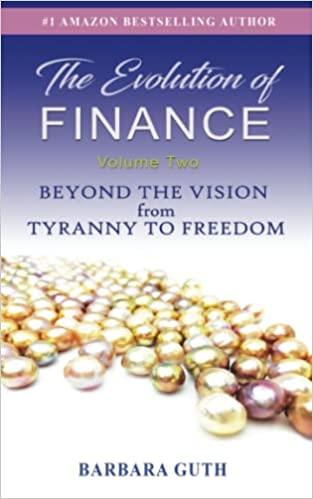Question
Consider the following bonds, each with a face value of $1,000. The coupon bonds make semi-annual coupon payments: Issuer Years to Maturity Coupon Price (%
Consider the following bonds, each with a face value of $1,000. The coupon bonds make semi-annual coupon payments:
Issuer Years to Maturity Coupon Price (% of FV)
Cablevision 5 5.875% 92.750
3M Co. 5 2.00% 98.689
IBM 15 5.875% 124.843
In class, we calculated duration for a bond with semi-annual coupons. With semi-annual coupons, we transform duration from years to semi-annual periods.
1. Calculate the yield to maturity, duration (in years), and modified duration (in semi-annual periods) for each bond.
2. Consider the two bonds with the same maturity (5 years). For each bond, consider a rise in semi-annual yields of 15 basis points. Using modified duration to estimate the rate of capital loss, which bond has the highest rate of capital loss? For each bond, consider a decline in semi-annual yields of 15 basis points. Using modified duration to estimate the rate of capital gain, which bond has the highest rate of capital gain? Why is duration a better measure than maturity when calculating a bonds sensitivity to changes in interest rates?
3. Consider the bonds with the same coupon rate. For each bond, consider an increase in semi-annual yields of 15 basis points. Using modified duration to estimate the rate of capital loss, which bond has the highest rate of capital loss? For each bond, consider a decrease in semi-annual yields of 15 basis points. Using modified duration to estimate the rate of capital gain, which bond has the highest rate of capital gain?
Step by Step Solution
There are 3 Steps involved in it
Step: 1

Get Instant Access to Expert-Tailored Solutions
See step-by-step solutions with expert insights and AI powered tools for academic success
Step: 2

Step: 3

Ace Your Homework with AI
Get the answers you need in no time with our AI-driven, step-by-step assistance
Get Started


